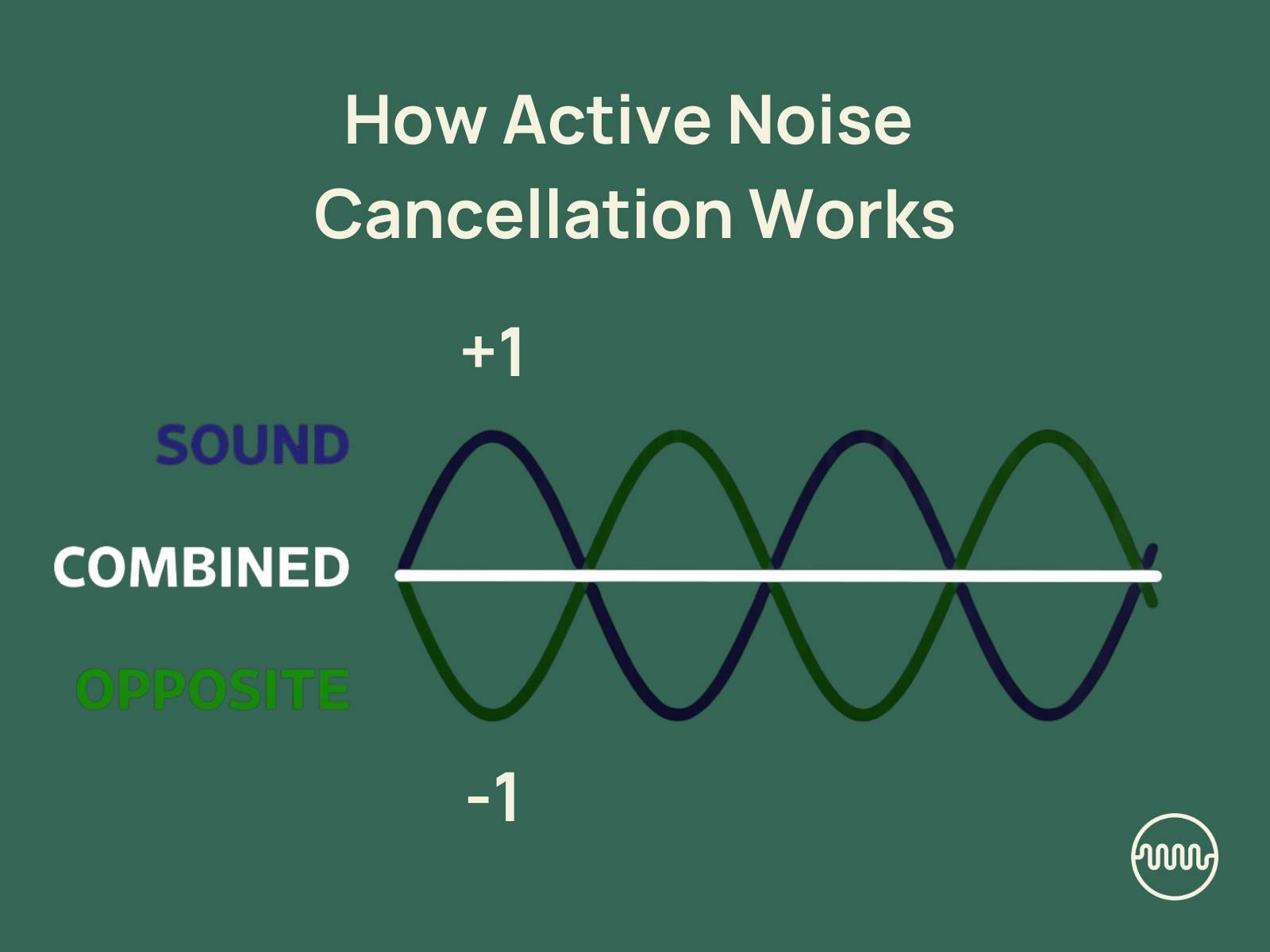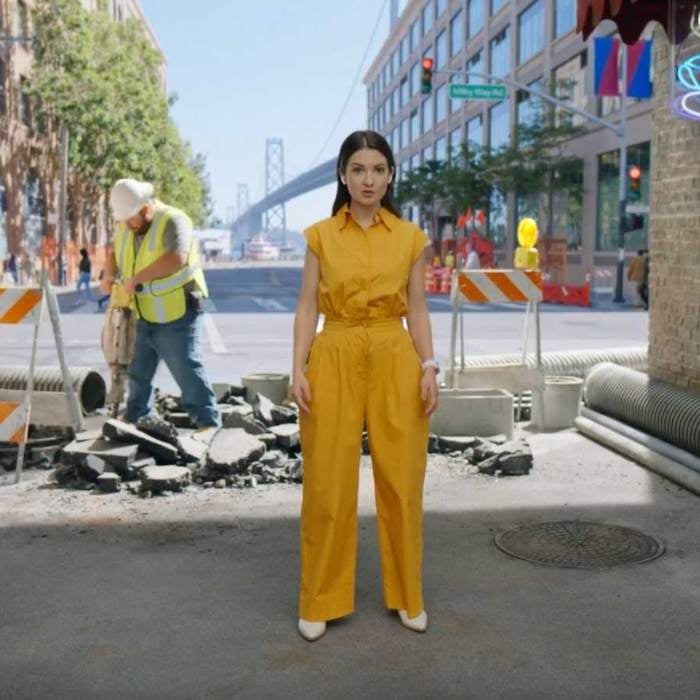Key Takeaways:
- Headphones combine both passive and active noise cancellation to reduce background noise and lower the volume of the world around you.
- This technology works best on steady-state low frequency sound, with less capability to reduce background from high frequency sounds.
- Noise canceling headphones can help you to keep your listening volume at a lower, which can prevent noise-induced hearing loss.

You've probably tried a pair of active noise canceling headphones. If they were high-quality, the background noise disappeared into sweet, sweet silence.
But how do noise canceling headphones work?
In this article, we'll look at the fascinating science and engineering behind active noise cancellation (ANC), including a few common questions about hearing health, dizziness, and more.
Let's get started.
The Basics
Reach up and plug your ears for a moment. The feeling you'll experience is good old-fashioned passive noise cancellation. Headphones have some passive noise cancelation built-in, but higher-tech products like Apple's AirPods Pro 2 or Sony's WH-100XM5 take things a step further.
Headphones with active noise cancelation use an external microphone to gather real-time information about your environment. That microphone will detect traffic noise, conversation, or background music.
ANC headphones also have a second microphone that sits inside the earpiece. The second microphone measures just how much of that background noise is getting past the passive cancelation provided by your headphones.
These two microphones work as a team to inform the active noise cancelation.
Battle of Soundwaves. When -1+1 = 0.
A good pair of ANC headphones generates an opposite "anti" soundwave to cancel out background noise. The scientific term for this effect is phase cancellation. Think of it as adding -2 to +2, and you end up with zero.

The concept is fairly simple once you get your head around the science.
Think of sound waves as a series of high-pressure and low-pressure zones. The high and low-pressure sequence in the air is a Morse code-like way for your brain to process sound.
For every high-pressure wave, ANC headphones generate an opposite low-pressure wave. For every low-pressure wave, ANC headphones generate an opposite high-pressure wave. When this process works, you hear nothing.
Low-Frequencies Are Easier to Cancel
It's worth noting that high-frequency sounds are much more challenging to cancel than low-frequency sounds because the frequency of high to low pressure happens much more quickly, and precisely lining up the opposing sound wave is like an episode of Dancing With the Stars. Tough to keep step.
Most noise canceling headphones can manage low hum-type noises, but sharp noises put even today's leading products to the test.
Once your headphones have added their additional soundwaves to the stream of audio headed for your ears, they'll add in your music track.
The video below offers a simple explanation of the full process.
Are noise canceling headphones safe?
How does all this sound processing impact your hearing health? I talked to our lead audiologist, Dr. Amy Sarow, to learn more. Here's what she shared:
"This technology helps you listen without having to crank up the volume to dangerous levels, trying to surpass the background noise level. Noise cancellation can help reduce the volume level without sacrificing sound quality or straining to hear over the noise."
So, in short, noise cancellation itself is safe. But ANC isn't a free pass to blast the volume.
According to Dr. Amy, "Keeping the volume reasonable—preferably below 80dB (decibels) is essential to prevent hearing damage when using any headphones."
More from our conversation on the topic of ANC safety below.
Do noise canceling headphones cause dizziness and nausea?
Not usually. In some cases, headphone wearers with noise cancelation turned on report feeling dizzy or nauseous (an example from Reddit here). While the topic of ANC and dizziness is not well-explored, it is not hard to imagine how a manipulated sound field could throw off your equilibrium.
Our inner ears are responsible for both hearing and balance. They use sound to establish a map of the outside world, and the artificial sound created by the ANC process described above can impact equilibrium.
More research is needed to understand the exact science behind this sensation, but you aren't alone if you've felt a little dizzy after a long period of ANC listening.
Final Thoughts
The next time you throw on a pair of noise canceling headphones, take a moment to appreciate the sophisticated technology that keeps out your fellow coffee drinker's chatter.
Thanks for reading along. If you have questions or comments, don't hesitate to get in touch with us at [email protected].






